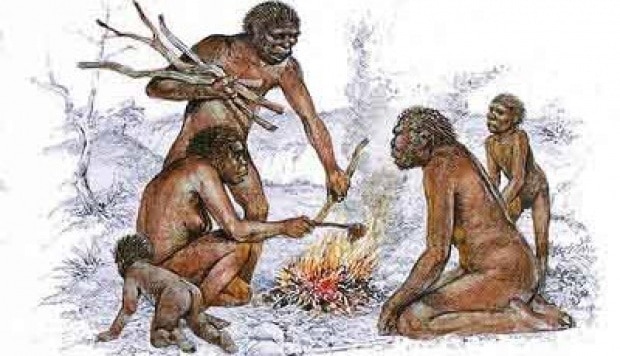There are many sites and e-books on the internet that provide a wealth of information about what is the Paleo Diet.
Known also as the Paleolithic or Caveman Dietary regime, it is based on the presumption that our distant ancestors had healthier eating habits than we seem to have evolved in the modern western world.
In geological terms, the Paleolithic Age began 2,600,00 years ago and lasted until the end of the Pleistocene Epoch, which began roughly 12,000 years BP (Before Physics, also, Before Present).
Archaeologically speaking, this was what was known as the Stone Age. During this period, humans dwelt in bands of approximately 20 or 30 people.
They made their living by hunting and scavenging wild animals (domestication of animals had not yet occurred) and by gathering fruits, nuts and vegetables.
These distant relations of ours consumed meat from grass-fed animals kept in green pastures along with fish, nuts, fish, roots, vegetables and fruits.
These are the foods our teeth and digestive systems were designed for and it makes sense that we should be eating them now. What they did not include were grains, salt, legumes, refined sugars, dairy products and highly processed foods. In the absence of television, there was no need for potato chips.
Although the modern eating habits seen many, many changes, our DNA has not yet evolved to make optimum use of it. It stands to reason that we should return to the old ways, which were perfectly suited to our physiology. There are those, however, who argue that if the hunter gatherers were so much healthier than modern man, perhaps it was a consequence of consuming fewer calories rather than the quality of what they ate.
Dairy foods (milk, cheese, butter, yoghurt) and cereal grains (rye, corn, oats, rice, wheat) were notably absent from paleolithic menus. The end of the Paleolithic saw a dramatic fall in both human health and body mass. There are those who believe this was the result of introducing cereal grains onto the dinner plate.
Humans did not start drinking milk until the Neolithic Revolution (10,000 – 7,000 years BP). This coincides with the time that Man developed the ability to digest the milk sugar, lactose. This ability first evolved in Northern Europe, where it conferred a selective advantage owing to the increased need for a dietary source of Vitamin D. Prior to this specific genetic alteration, milk made people sick.
What is the Paleo Diet mimics from our impression of what our early ancestors were eating to stay alive. The few formal studies that have been conducted so far indicate that there is a definite advantage in following this regime. It is recommended for those that are considering trying this to first consult their regular medical professional.



